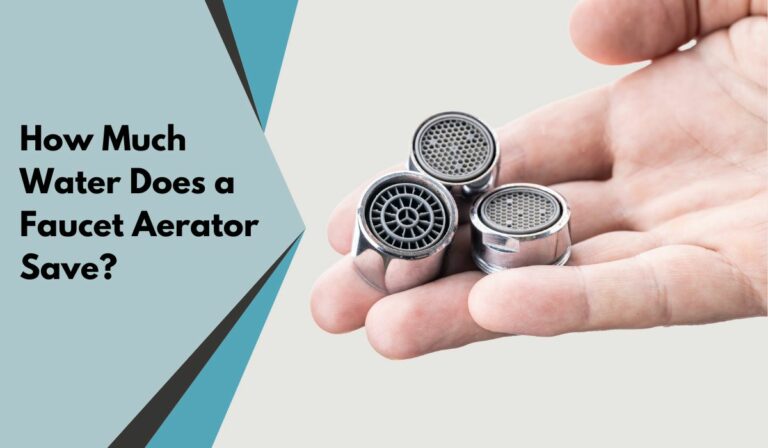What Is the Best Paint for Kitchen Cabinets
Choosing the right paint for your kitchen cabinets can transform your entire space, giving it a fresh, stylish look while protecting the surfaces from everyday wear. But with so many paint types and finishes available, figuring out which one is best for your kitchen cabinets can feel overwhelming. In this guide, you’ll learn about the key factors to consider, explore the most suitable types of paint and finishes, and discover expert tips on preparation, application, and maintenance so your cabinets look stunning and last for years.
Factors to Consider When Choosing Paint for Kitchen Cabinets
When you’re picking paint for kitchen cabinets, consider durability, finish, color retention, and ease of cleaning. Your kitchen is a high-traffic area prone to moisture, heat, and stains, so the paint must withstand frequent cleaning and resist chipping or peeling. Think about the cabinet material, wood, MDF, or laminate, as some paints adhere better to certain surfaces. Also, reflect on your desired finish: gloss or satin surfaces tend to be easier to clean but might show imperfections more clearly. Finally, factor in eco-friendliness: low-VOC paints are a safer choice for indoor air quality.
Types of Paint Suitable for Kitchen Cabinets
Not all paints are created equal for cabinets. You’ll find oil-based, water-based (latex), and acrylic paints commonly used in kitchens. Understanding their characteristics will help you make an well-informed choice.
Comparing Popular Paint Finishes for Kitchen Cabinets
The finish you choose affects both the look and durability of your cabinets. Here are common finishes:
- Glossy: Highly reflective and easy to clean, but highlights imperfections.
- Semi-gloss: Balanced sheen offering durability and moderate gloss.
- Satin: Soft sheen with good durability and hides defects well.
- Eggshell: Low sheen, more susceptible to wear but elegant.
For kitchens, semi-gloss or satin finishes are often the best choice since they balance beauty and resilience.
Oil-Based Paints: Pros and Cons
Pros:
- Extremely durable and hard finish that withstands abrasion.
- Smooth, level surface with fewer brush marks.
- Excellent stain resistance.
Cons:
- Longer drying time, sometimes up to 24 hours.
- Strong odors and higher VOC emissions.
- Requires mineral spirits or paint thinner for cleanup.
- Yellowing can occur over time, especially in areas with less light.
Water-Based (Latex) Paints: Pros and Cons
Pros:
- Low odor and low VOC, making them safer indoors.
- Easier and faster cleanup with soap and water.
- Quick drying times.
- Resistant to yellowing, ideal for light-colored cabinets.
Cons:
- May not be as durable as oil-based paints unless specially formulated.
- Can raise the wood grain, requiring extra sanding and priming.
Acrylic Paints: Features and Benefits
Acrylic paints are a subtype of water-based paints, favored for their durability and vivid color retention. They tend to dry to a hard finish similar to enamel, are flexible, and resist cracking. Ideal for cabinets, acrylic paints handle temperature fluctuations and moisture well. Plus, their easy cleanup and low odor make them user-friendly without compromising quality.
Top Recommended Paint Brands for Kitchen Cabinets
When selecting paint brands for kitchen cabinets, quality and reliability are key. Some standout options include:
- Benjamin Moore Advance: Known for its smooth, furniture-like finish and excellent leveling properties.
- Sherwin-Williams ProClassic: Offers durable, enamel finish with good flow and leveling.
- Behr Alkyd Semi-Gloss: Water-based alkyd paint combining oil paint durability with easy cleanup.
- Farrow & Ball Estate Emulsion: High-quality with rich pigmentation, though pricier.
These brands offer paints specifically formulated for cabinetry, ensuring durability and beauty.
Preparation and Application Tips for Painting Kitchen Cabinets
To get a professional finish on your cabinets, follow these preparation and application tips:
Cleaning
Thoroughly wash cabinet surfaces to remove grease and dirt. Use a degreaser if necessary and let dry completely.
Sanding
Lightly sand the surfaces to create a smooth, level base for paint adhesion. Use fine-grit sandpaper and remove dust afterward.
Priming
Apply a high-quality, stain-blocking primer designed for your cabinet material. Primer helps with adhesion and blocks stains or wood tannins.
Painting
Use high-quality brushes or a paint sprayer for an even coat. Apply thin, multiple coats rather than one thick coat, allowing proper drying time between layers.
Drying
Ensure cabinets dry in a dust-free environment overnight or as recommended by the paint manufacturer.
Hardware
Remove hardware before painting, or tape it off to avoid smudges.
How to Maintain Painted Kitchen Cabinets for Longevity
Maintaining your freshly painted cabinets extends their life and looks:
- Clean regularly with a soft cloth and mild detergent to avoid buildup.
- Avoid abrasive cleaners or scrubbers that can damage the paint surface.
- Wipe spills quickly to prevent staining or moisture damage.
- Lubricate hinges and hardware periodically to prevent paint chipping around fixtures.
- Touch up scratches promptly to keep cabinets looking pristine.
A little care goes a long way in keeping your kitchen stylish and fresh.
Conclusion
Selecting the best paint for your kitchen cabinets involves balancing durability, finish, safety, and aesthetics. For most homeowners, water-based acrylic or specially formulated cabinet paints offer the perfect mix of ease and longevity without the strong odors or lengthy dry times of oil-based paints. Pair your choice with thorough preparation, quality application tools, and routine maintenance, and your cabinets will continue to impress for years to come. With the right paint, you’re not just refreshing your kitchen, you’re investing in its heart and soul.

